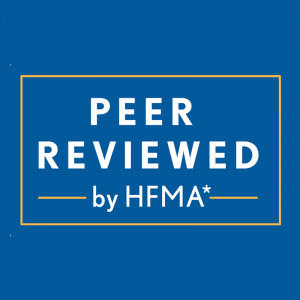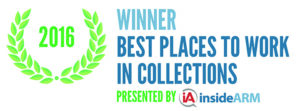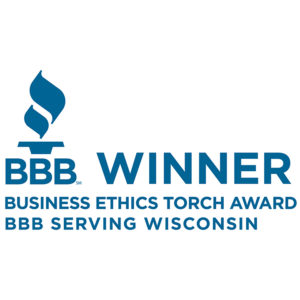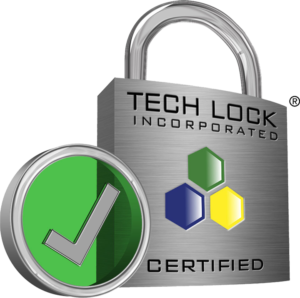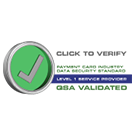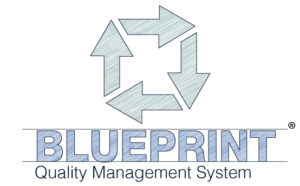In our last newsletter we spent a lot of time discussing industry trends. One trend that certainly change how we do things in the revenue cycle is the ICD-10 transition. While the transition was originally postponed, the Centers for Medicare & Medicaid Services started in a February 6, 2013 letter that the mandated transition throughout the health system to the more complex ICD-10 diagnosis codes will go forward without any further delays. If this remains true, everyone will transition to ICD-10 by October 1, 2014. By now, most providers should be well into the planning phase, preparing themselves for this transition. Most now understand that this will not simply be a map of ICD-9 codes to ICD-10 and that all areas of the healthcare system will be affected. Within ICD-10, the codes will be much more specific in nature. For instance, ICD-9 codes consist of three to five digits while ICD-10-CM codes consist of three to seven alphanumeric characters. ICD-10 also boasts a dramatic increase in volume – ICD-9 maintains 13,000 diagnosis codes and 4.000 procedure codes while ICD-10 consists of over 140,000 codes, made up of about 68,000 diagnosis codes (ICD-10-CM) and 72,000 procedure codes (ICD-10-PCS).
Under ICD-10, all areas of the healthcare system will be affected, from HIM, Coding, Billing, Clinicians, Reimbursement, and all IT/Service vendors that support the healthcare system which is key. For those people who have memorized codes over the years, all of that knowledge goes out the window because it’s a new age, with a more specific way to categorize patients, which will likely lead to a different way of reimbursing for services.
Later this summer, Elaine Lips, well known HIM and ICD-10 expert, will present a session during our free webinar series, Strategies to Achieve Breakthrough Results. Her session, entitled “Avoid the ICD-10 Fiscal Cliff With Early Adoption”, will review two case studies of clients’ ICD-10 early adoption strategy. Head over to our website for more details and to register today.
Organizationally, we will continue to prepare ourselves for this change as we support our clients. As our revenue cycle partners learn the new system, we too will be learning the new way of getting bills out and receiving payments. At any time during this transition, if you have questions or need help, please do not hesitate to reach out – we’re here to help!
About State Collection Service, Inc.
Since 1949, State Collection Service has provided quality collection service to countless healthcare organizations.
Through experience and innovation, State Collection Service has grown to become a tremendously credible and nationally-recognized collection agency offering services from pre-registration to bad debt. It is upon the basis of ethical behavior and a dedication to integrity that each State Collection Service employee works to uphold the company’s vision – Partnerships for a Lifetime.
*This article first appeared in “A State Collection Service, Inc. Newsletter Volume 19, Issue 2, Second Quarter 2013”




